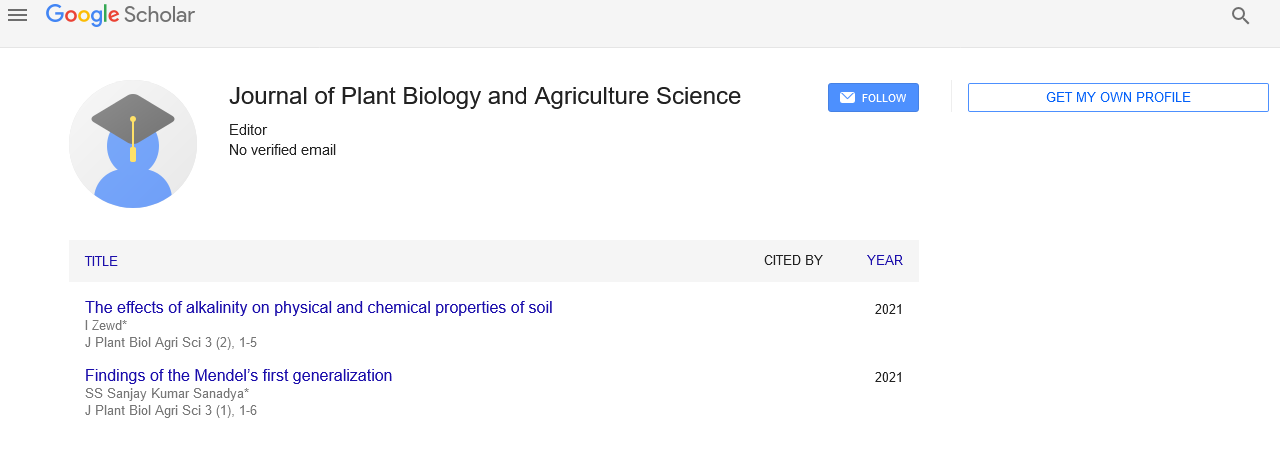
Sign up for email alert when new content gets added: Sign up
Abstract
The art of choosing rational optical correction using the eyeglasses and contact lenses of modern design in the light of the metabolic theory of adaptive myopia
Author(s): Marina GusevaFighting adaptive myopia (AM) will only be effective when truly working theory of myopia is developed and confirmed by clinical trials. The pandemic of myopia confirms the absence of a theory that can explain all known clinical facts and give physiologically approved practical recommendations. And as practice has shown, unfortunately, the incremental retinal-defocus theory (IRDT) is no exception. The hypothesis of this theory not always corresponds to the known clinical facts about the physiology of the eye taking into consideration interconnected operation of accommodation and aqueous humor production and outflow systems [1]. However, in 2001 Russian authors Ivan Koshits (biomechanics) and Olga Svetlova (ophthalmologist) proposed a metabolic theory of adaptive myopia (MTAM), which was based on a profound long-term interdisciplinary analysis of modern clinical facts in such fields like morphology, physiology, biomechanics and accommodative mechanisms of the eye [1]. MTAM not only explains known clinical facts, but also gives an opportunity to develop the theory of Optometry in teachings on «Rational optical correction» and « Visual comfort» [2,3]. To verify practical application of MTAM a long term clinical trials were planned. The results of these studies are presented below. Objectives of the study were following. 1) To compare the effectiveness of traditional use of incomplete optical correction with the rational optical correction method using eyeglasses or contact lenses of modern design. 2) To show benefits of choosing lesser rational correction when the individual visual acuity is more than 1.0. 3) To show the advantages of early AM correction using MTAM hypothesis which implies that adaptive myopia is not a disease, but a natural adaptive reaction to certain visual conditions in humans and animals [5]. 4) To justify the physiological principles of prevention of AM using the rational optical correction method and give practical advices to doctors and optometrists




